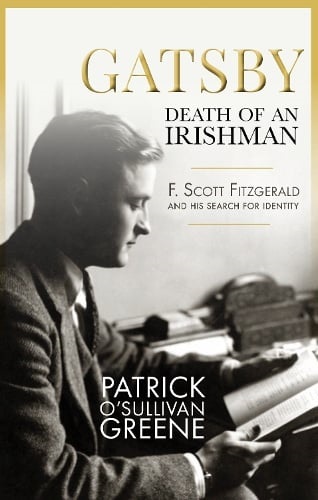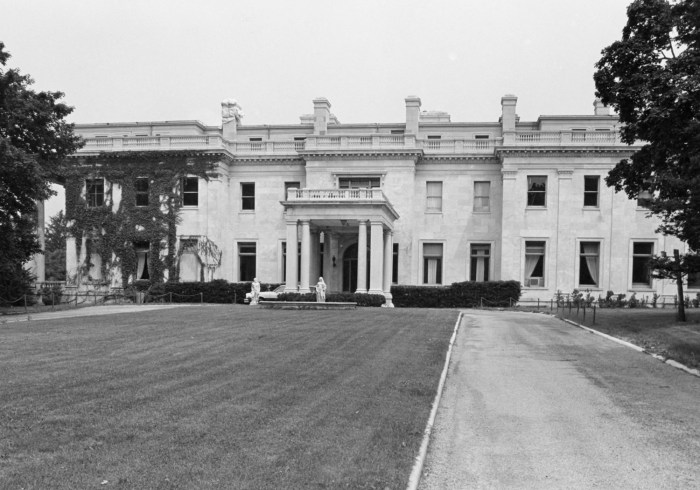Patrick O’Sullivan Greene has spent years digging into the forgotten corners of Irish and American history. His latest work turns its gaze to one of the most celebrated authors of the 20th century, F. Scott Fitzgerald, in a book that reframes the way readers understand “The Great Gatsby.”
The Killarney-born historian’s third book, “Gatsby: Death of an Irishman,” published in March 2025, examines Fitzgerald’s complex relationship with his Irish identity and how it shaped the creation of Jay Gatsby, one of literature’s most enduring figures.
“This is not just a book about Fitzgerald’s life,” O’Sullivan Greene said. “It’s about how his struggle with being Irish in America informed the very essence of Gatsby. For Fitzgerald, questions of identity and belonging were always at the center.”
The author, who previously wrote about the Irish revolutionary period in “Crowdfunding the Revolution” and “Revolution at the Waldorf,” said his interest in Fitzgerald’s heritage grew organically out of earlier research. “My second book, ‘Revolution at the Waldorf,’ was the first time I came across Fitzgerald’s character Amory Blaine [the main character in Fitzgerald’s novel ‘This Side of Paradise’] referring derogatorily to being Irish-American,” he said. “That really struck me. It was the spark that eventually led to this project.”
In April 2025, O’Sullivan Greene traveled to Long Island. Although unplanned, he briefly spoke at the Great Neck Library’s centennial celebration, a fitting venue given Fitzgerald’s ties to the area. The Gold Coast of Long Island inspired much of the setting of “The Great Gatsby” and O’Sullivan Greene described the visit as deeply meaningful.
“To be in Great Neck, where Fitzgerald himself lived and wrote, during the library’s 100th anniversary was extraordinary,” he said. “It gave me a stronger sense of place and connection to the world that shaped him.”

At the heart of “Gatsby: Death of an Irishman” is the idea that Fitzgerald’s self-invention mirrored his most famous character. The book argues that the author’s sense of shame over his Irish roots—and his lifelong attempt to distance himself from them—was central to the creation of Gatsby.
“Fitzgerald projected an idealized version of himself onto society,” O’Sullivan Greene explained. “He tried to conceal the shame of being born of the Irish race, while also yearning for acceptance from those who had a monopoly on what it meant to be American. In many ways, Gatsby is Fitzgerald.”
The book also explores Fitzgerald’s “Celtic period” at Princeton, when he immersed himself in Irish literature and politics. O’Sullivan Greene notes that the young writer’s deep knowledge of Ireland’s revolutionary figures was unusual for an American of his time.
“He knew Patrick Pearse and Joseph Plunkett by name and those references weren’t casual,” O’Sullivan Greene said. “It shows how engaged he was with Irish politics and culture, even if he later rejected that part of himself.” Pearse was an Irish teacher, barrister, poet, writer, nationalist, republican political activist and revolutionary. Plunkett was an Irish republican, poet and journalist.
O’Sullivan Greene’s work blends history, biography and literary analysis, offering what he calls “a story of American identity as much as the American Dream.” He argues that “The Great Gatsby” should be read not only as a critique of wealth and excess but also as an exploration of ethnicity and assimilation in early 20th century America.
“The real question Fitzgerald was asking was: who gets to be American?” O’Sullivan Greene said. “That question was as relevant in the 1920s as it is today.”
The author’s perspective is shaped not just by scholarship but also by personal experience. Having lived in Dublin, London, New York and France before returning home to Killarney, he said he understands the complexities of identity and belonging.
“Like Fitzgerald, I’ve seen how people negotiate who they are in different cultural contexts,” he said. “That tension fascinates me.”
Critics in Ireland and the United States have already praised “Gatsby: Death of an Irishman” for its originality and depth. The book has been described as a vivid and dramatic retelling of Fitzgerald’s life, reframed through the lens of Irishness.
For O’Sullivan Greene, the project is about more than literary analysis—it’s about giving readers a fuller picture of one of America’s greatest authors.
“I think Fitzgerald himself knew Gatsby was autobiographical in some sense,” he said. “In an inscription, he admitted that the character started as someone else and then became himself. Once you see it that way, you can’t read the novel the same again.”
From presenting papers at international conferences to speaking at the Princess Grace Irish Library in Monaco and the American Irish Historical Society in New York, O’Sullivan Greene has built a reputation as a leading voice in Irish-American cultural studies. His new book cements that standing, connecting the story of a Midwestern boy turned literary icon to the broader history of immigration, identity and aspiration.
“’The Great Gatsby’ is often called the great American novel,” O’Sullivan Greene said. “What I want people to understand is that it’s also a great Irish-American novel. Fitzgerald’s struggle was Gatsby’s struggle. And ultimately it’s a struggle that belongs to all of us.”



































